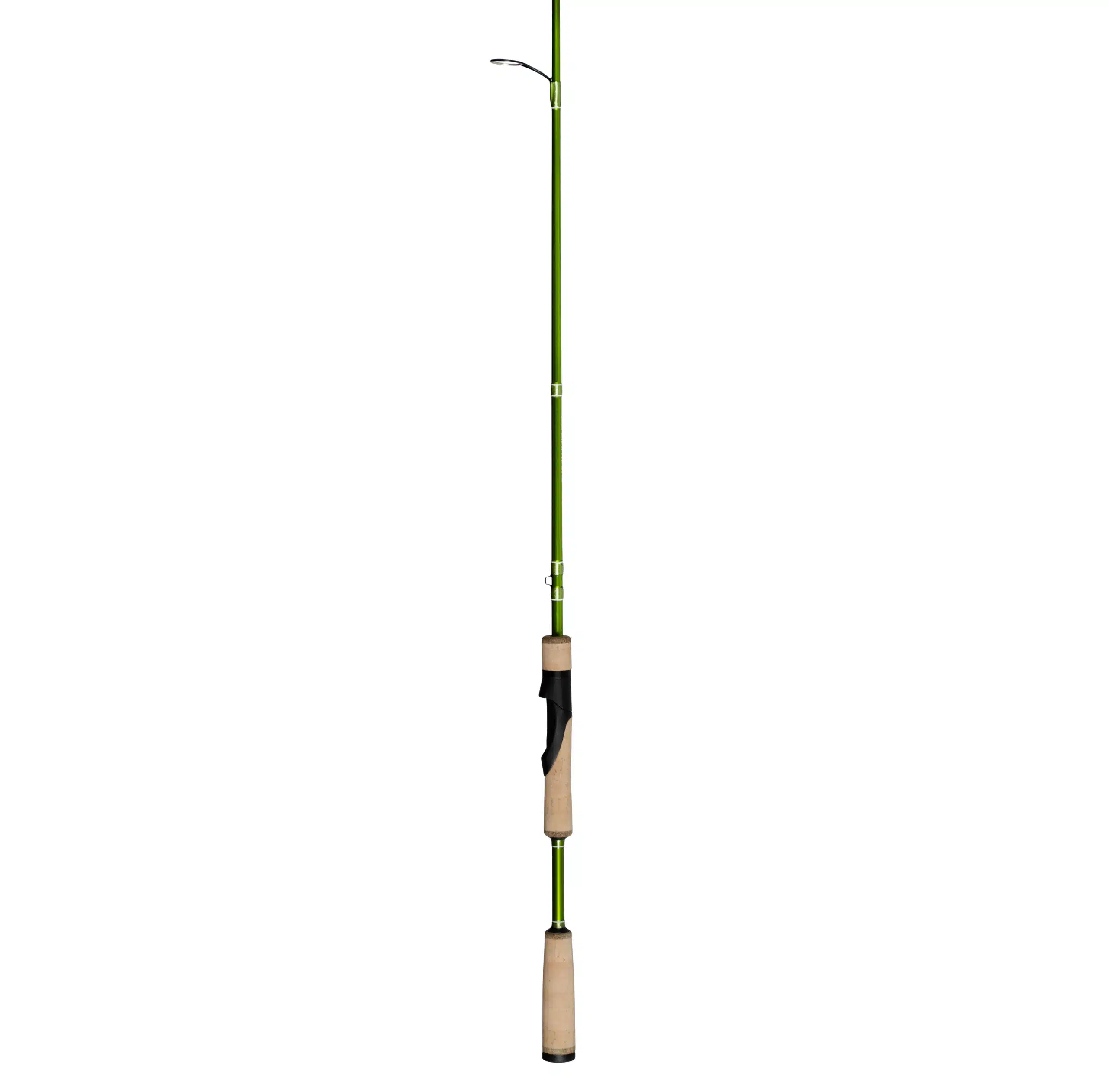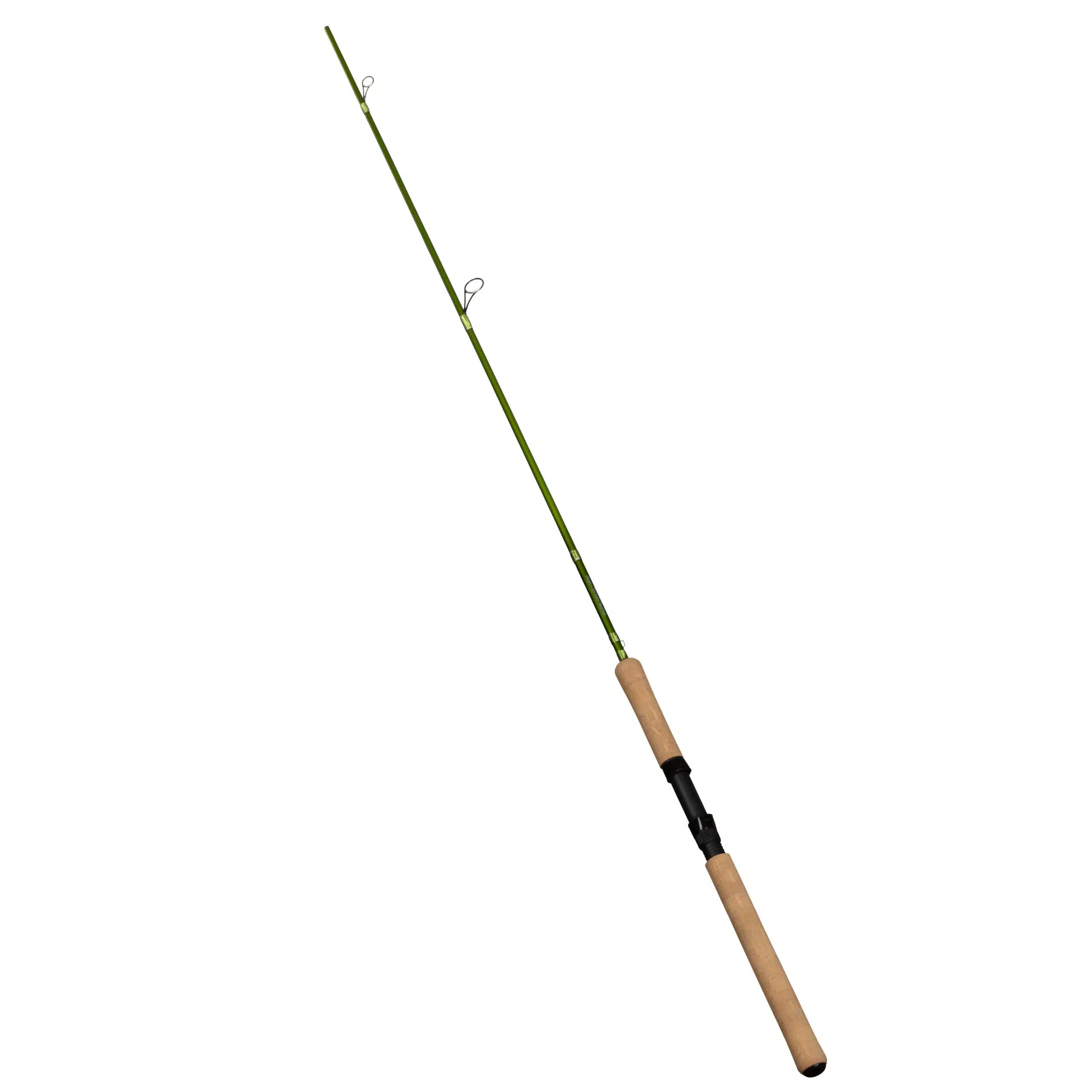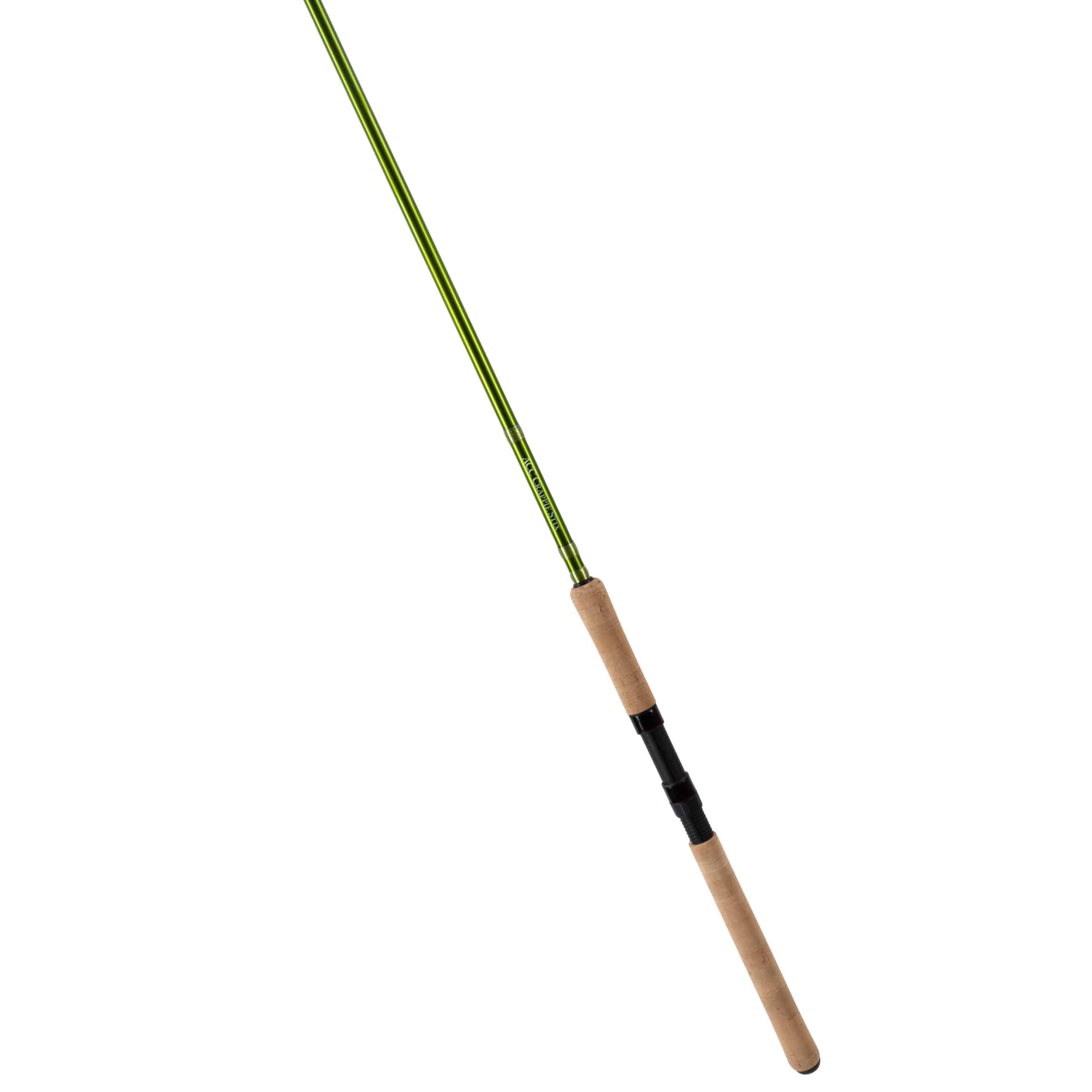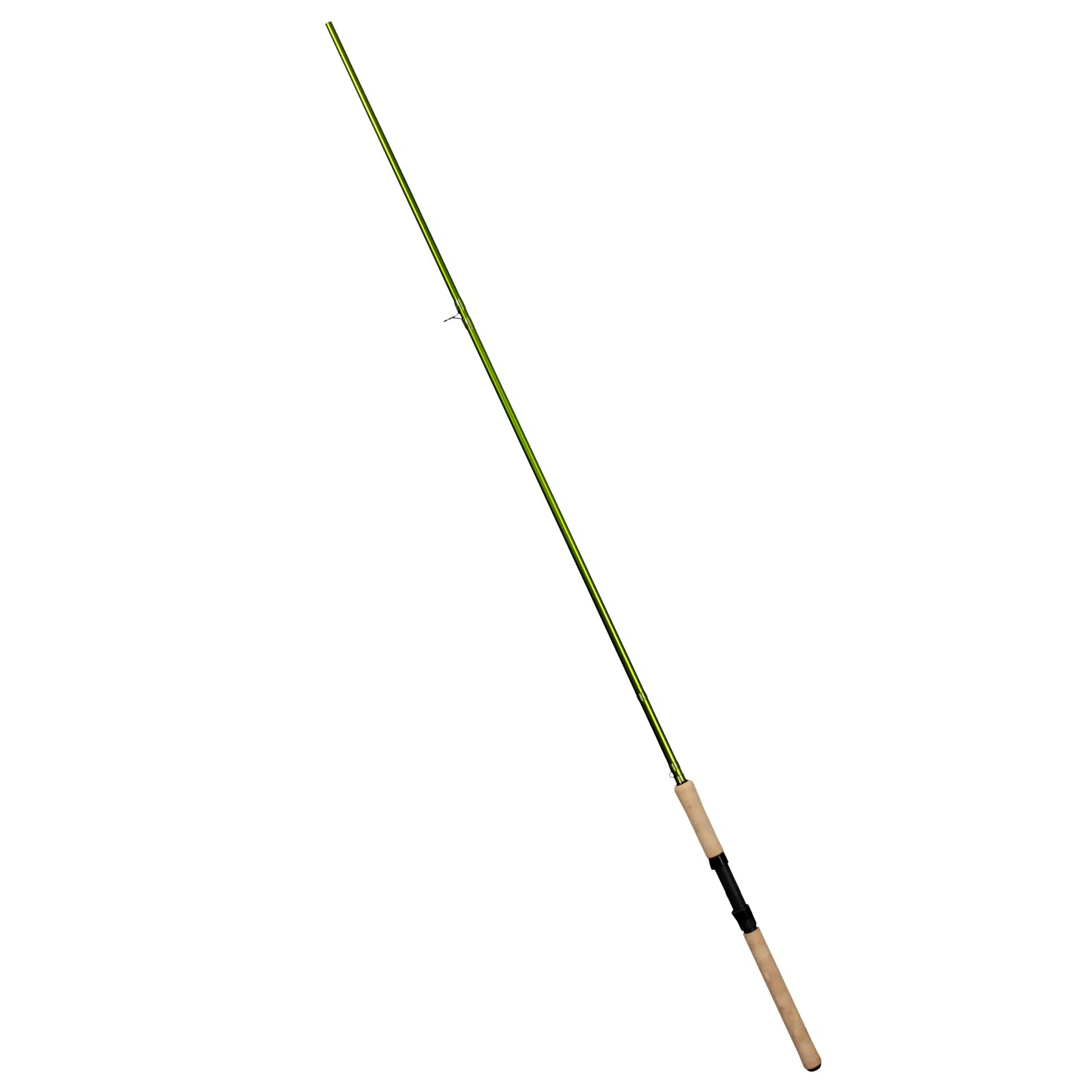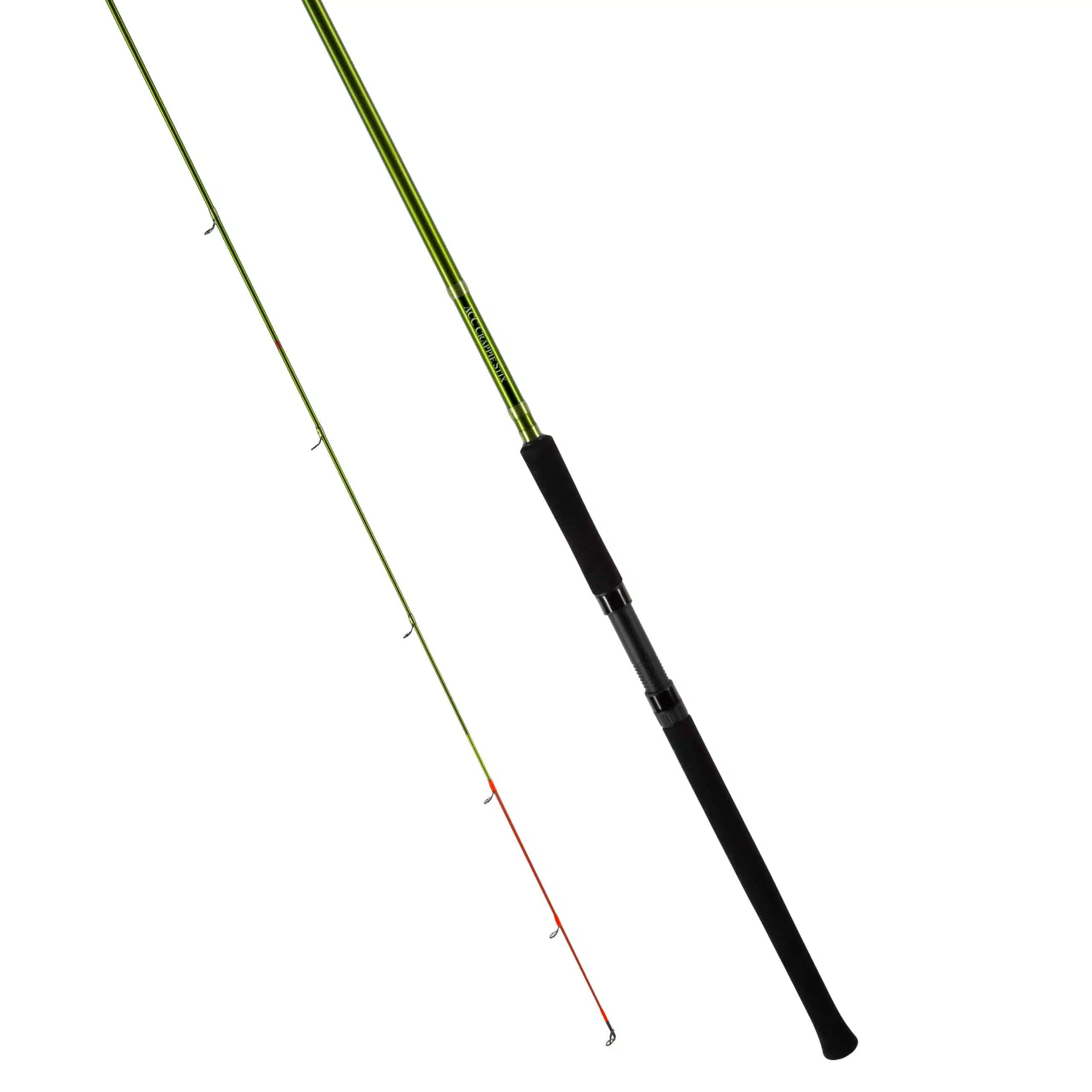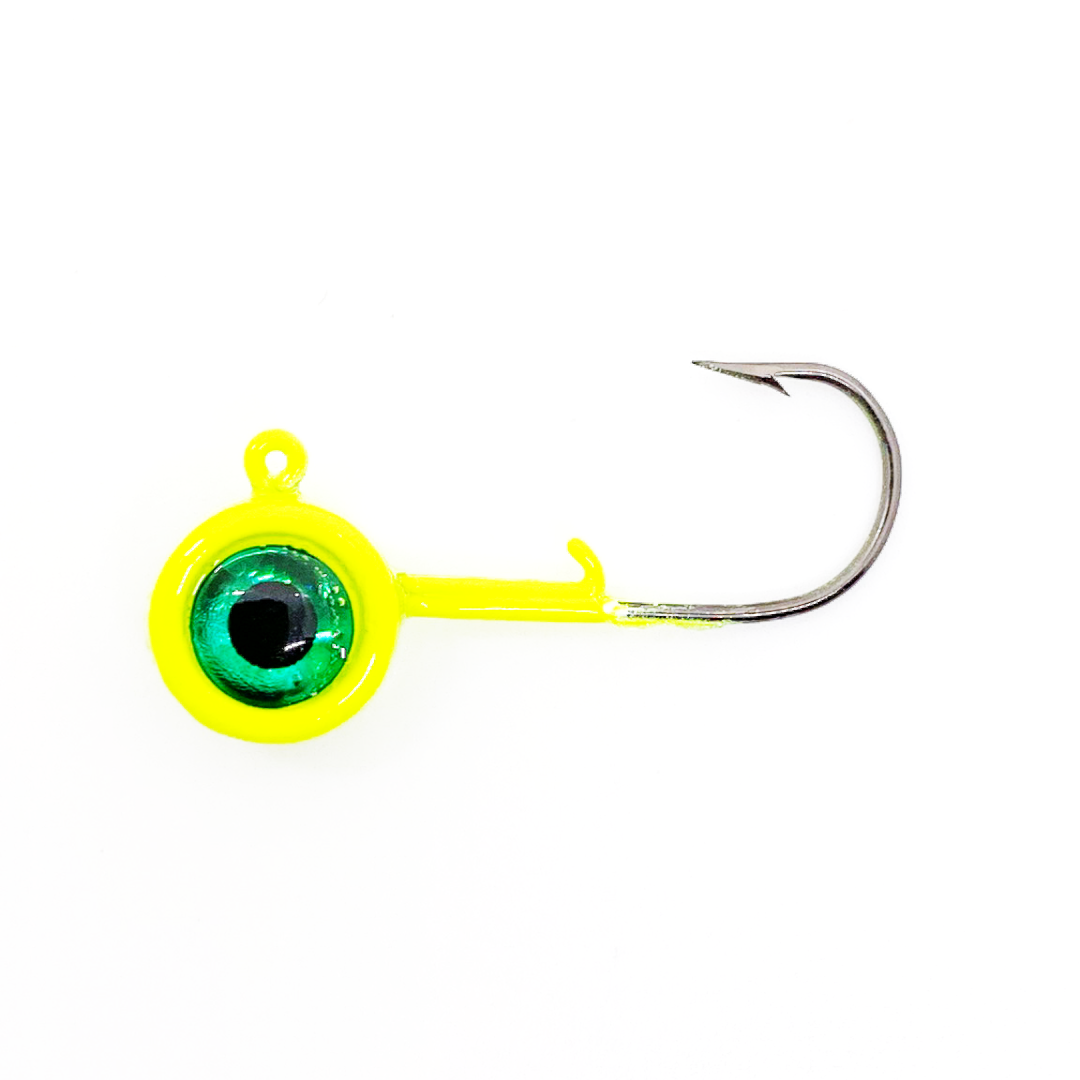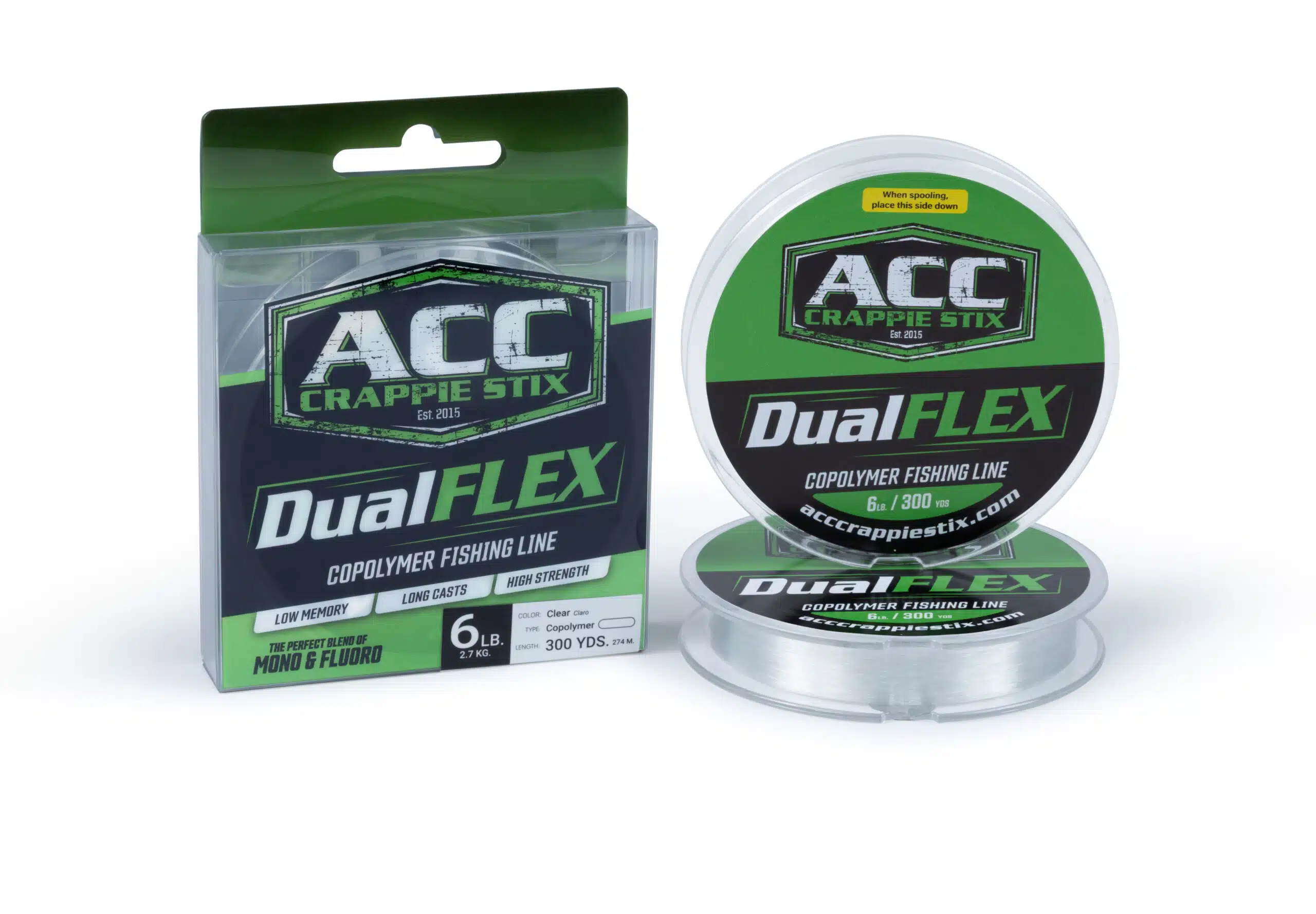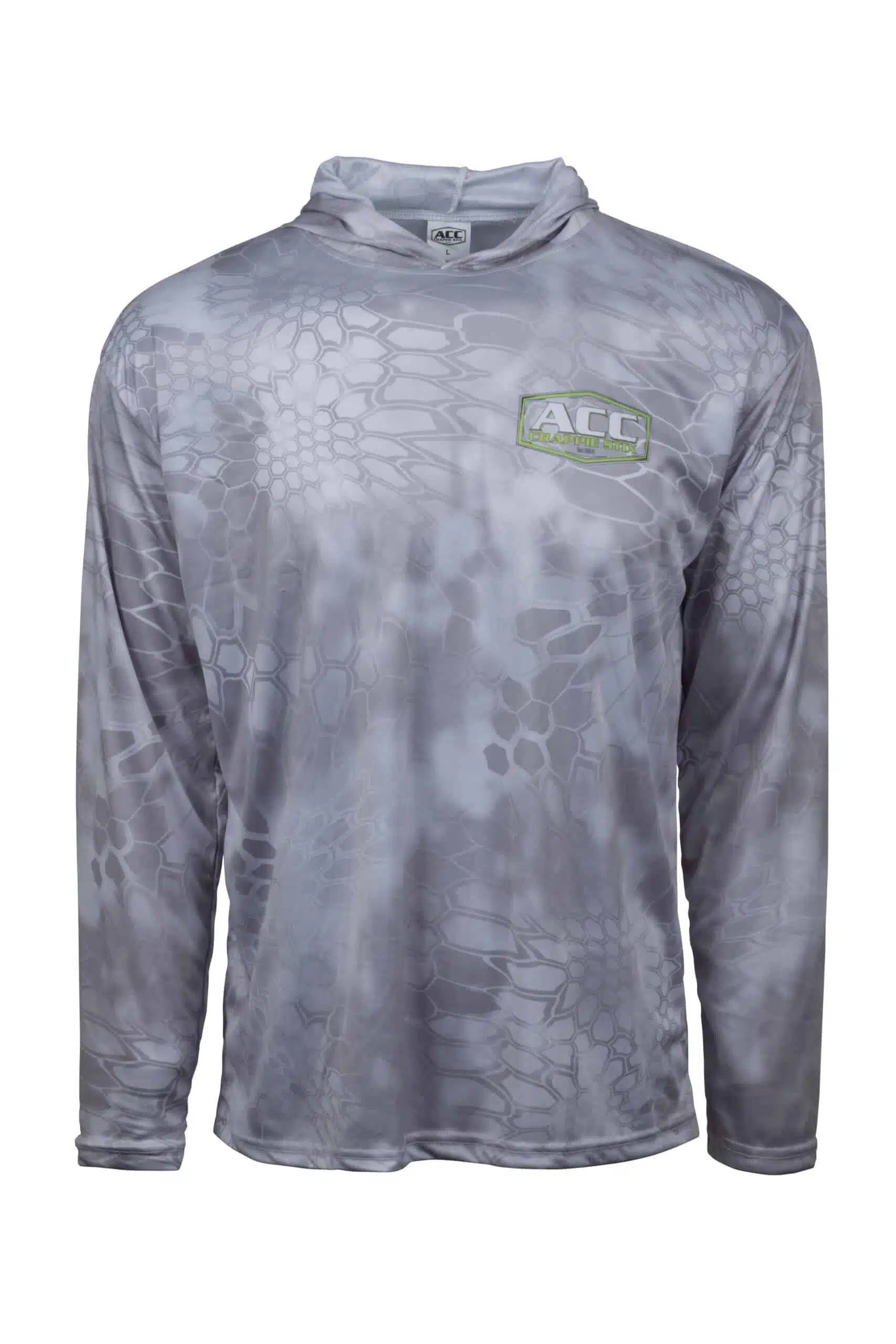Cork fishing: 5 Things to Know

By Greg McCain
The cork bobbed gently in the ripples created by a south wind and then disappeared without notice. Setting the hook, I was pleasantly surprised to find that the crappie on my home lake in northwest Alabama had already arrived shallow over a month before the calendar flipped to spring.
The use of the cork remains one of my favorite ways to catch crappie and occasionally among the most effective. Whether called corks, bobbers, floats, or strike indicators, the buoyant piece of wood, plastic, or other synthetic material belongs in all crappie fishermen’s arsenal.
Other than tight lining, the use of a cork and lure/bait suspended beneath it is probably one of the oldest practices in fishing. It’s also one of the simplest, making the approach excellent for young fishermen or for less experienced adults. Even seasoned pros and grizzled guides still find ways to apply the technique on a regular basis.
Following are five things to know about fishing with a cork for crappie:
1. Fixed corks vs. slip corks
The first image of a cork – I have always called them floats – that pops in mind is often the round red-and-white (or other color combination) plastic version with clips on either end. Let’s be honest; in a fishing world where there are hundreds of cork choices, the old-school plastic version still catches plenty of fish. They are readily available – every local tackle shop in the country has a bin of them waiting – and they are cheap. On the other hand, slip corks come in various iterations, some of them complicated to rig, but they can be highly effective. They are practical in the sense that once rigged correctly, they can be adjusted to various water depths from one foot to 20, making casting easier. Slip corks are my choice for that reason, but if you are just getting into crappie fishing, buy some of the cheaper models, clip them on your line, and go fishing.
2. Cork and minnow vs. cork and jig
The basic rigging is to affix a cork up the line above either a minnow or a jig. For minnow fishing, add a small split shot about a foot above the hook and then tie on a #2 hook. Some fishermen prefer smaller or bigger hooks, but a #2 is an all-around size. For jig fishing, simply add the lure at the end of the line. With either approach, adjust the cork up the line to the desired depth. Three to four feet is probably the deepest practical depth for casting a fixed float although experienced fishermen can certainly handle a cork farther up the line. If the crappie fail to bite, try the best of both worlds; a jig-and-minnow combination under a cork is deadly and will actually catch about any fish that swims.
3. Match jig to cork
I like to use the smallest model available, meaning that the size of the weight/jig needs to match to avoid sinking the cork. I have a box full of corks in various shapes and sizes but have settled on the Frog Hair (www.froghairfishing.com) line that ranges from tiny to lemon-sized (or close to it). The smallest version will still float a 1/24 jig or small split shot above a minnow. The medium-sized Frog Hair corks will float jigs up to 1/8 although 1/16 is a good all-round size. For the specific type of jig, I favor old-school maribou from Walmart. The hair undulates in the water, and shallow crappie can’t resist it. They come in various colors with white or white/chartreuse among the best. For heavily stained waters, the chartreuse seems to work well. The best thing about them is price: a 10 pack is still available for less than two dollars.
4. Play the conditions
While a cork-and-jig is something of an anti-Livescope approach, the various versions of forward-facing sonar have taught us that crappie prefer a subtle retrieve. That idea definitely applies to a cork-and-jig presentation. The wind can be all the retrieve and action needed. Even a slight ripple on the water creates movement of a hair jig that entices crappie. While heavy spring gales can minimize the effectiveness of the approach, a light to moderate wind is always a fisherman’s friend. Frequently, I cast to a likely spot and let the cork drift. Be alert. The cork may drift for several minutes and suddenly disappear, perhaps from a fish that has trailed along and finally decided to bite. On a no-wind day, use gentle pulls on the line, barely advancing the cork or leaving it stationary. Allow the jig to rest and then gently pull again. There is no need to snap the line.
5. Matching rods with a cork
The good thing about using ACC Crappie Stix rods is that they are all versatile. Any rod in the line could be used effectively fishing a cork-and-minnow or cork-and-jig. For casting, consider any ACC rod from 5’6” up to 8’. The new 6’6” one-piece is ideal for casting, but I prefer the 7’6” two-piece model. The longer rod provides a little more distance on the cast if needed and also allows me to get a good hookset when wind blows a bow in the line. For flipping a cork to cover, the longer casting rods or the mid-size jigging poles are ideal. Even the 16-foot trolling rod can be used to place a cork-and-jig on the nose of a skittish crappie, supplying distance between fishermen and fish. Don’t forget the youth model, and it is not just for children. I use the youth model inside the close confines of boat houses, and they handle the slip-cork-and-jig just fine.
Spring is the ideal time to cultivate cork fishing. As fish move shallow, fool them with a cork-and-jig. Later in the year, use a minnow under a slip cork as the crappie retreat from spawning areas to brushpiles and other cover. Either approach can be effective, and seeing a cork disappear is one of the greatest images in fishing.

